It’s hard to sum up my experience as a Siegele Conservation Science intern into one blog post. From the amazing connections I have made to the scientific knowledge I have gained; this past summer has been a period of both personal and professional growth. Before starting this internship, my botany, zoology, and overall sustainability knowledge was limited to the classroom. Being a Siegele Intern provided me with a wide variety of experiences in the conservation field including small mammal trapping, dichotomous keys, AIM plotting, constructing beaver dam analogs, and surviving nine days in the backcountry.
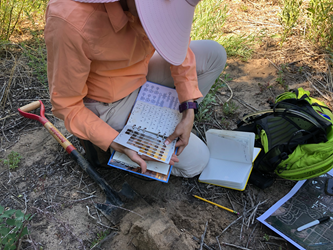
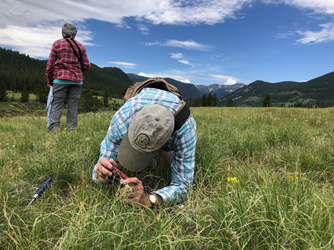
My first Project took place at the US Air Force Academy where I assisted CNHP zoologist Rob Schorr with Preble’s Jumping Mice research and became familiar with the ins-and-outs of small mammal trapping. Also, this summer I had the privilege to work alongside skilled botanists, including Susan Panjabi and David Anderson, during two BioBlitzes. Through these BioBlitzes, I learned the importance of collaborating with stakeholders and understanding the diversity of local environments when planning for management. Putting together a comprehensive list of species present within an area involved more of an intuitive approach where I began to understand variations in the landscape and where to look for new species. I also had the opportunity to assist with organizing and collecting data for AIM plots. AIM plotting is a standardized monitoring strategy for assessing the ecological condition of BLM land. This structured form of plotting involving line-point-intercept data opened my eyes to the variety of field methods used by different organizations. Getting to work with both plants and animals using a wide range of field methods provided me with a diversity of experiences I know will propel me forward during this next step of my professional journey.
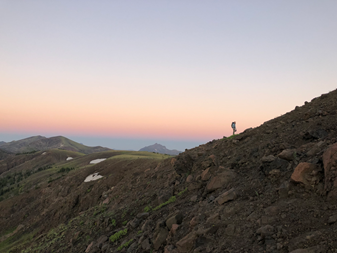
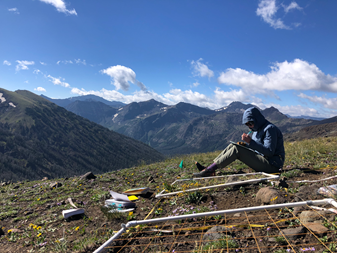
The last project I was involved in this summer was monitoring alpine vegetative communities at Yellowstone National Park for the National Parks Service as part of the international GLORIA project. In the fall semester of 2021, I had the opportunity to present to the YEAH international summit with a group of my peers on elevation dependent warming and GLORIA methods as part of a class. This summer, to be able to continue my involvement with alpine environments while working with such a skilled and knowledgeable team was a dream come true. During the nine day hitch, I constantly found myself taking a step back to realize the beautiful place I was in, the talented people I was working with, and the meaningful work I was doing. Meeting and understanding the alpine plant communities at Yellowstone’s summits was love and first sight and I hope to be back again one day.
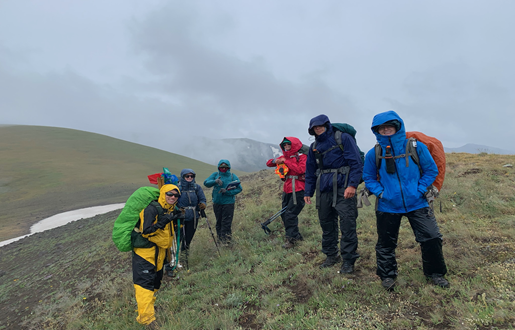
The highlight of my summer was getting to know the Colorado Natural Heritage Program community. I have never met such an inclusive and passionate group who celebrates education as much as they do. I wouldn’t describe myself as your stereotypical ‘leader’ who is loud and can direct a crowd. However, the CNHP community has helped me discover how I can be a leader in the conservation field through curiosity and passion.
As I enter my last year of undergrad at Colorado State University studying Ecosystem Science and Sustainability with a minor in Restoration Ecology, I will take the skills I learned as a Siegele Intern and apply them to my academia and future career. The connections I made and the experience I gained this summer has shaped the way I view the natural world and my role to protect it. Thank you CNHP for this once in a lifetime experience!




